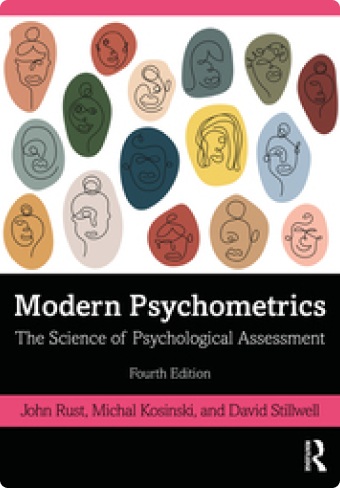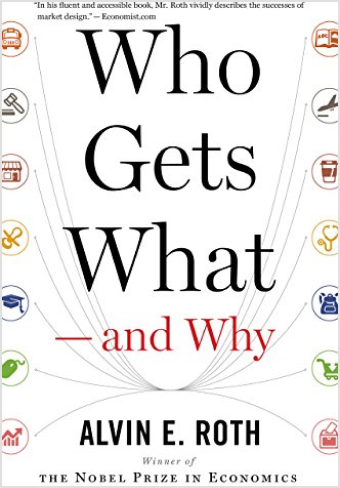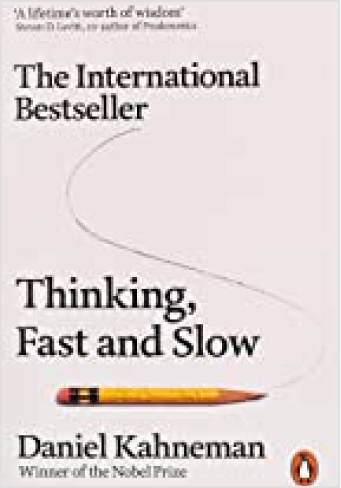Science behind Gyfted

The evolution of any workplace begins with recruiting
Building blocks
Psychometrics



Short history of psychometrics

Machine Learning


Market Design
Market design deals with bringing together two sides of a market efficiently. As prof. Al Roth states. Market design is a practical methodology for the creation of markets of certain properties - it is partially based on mechanism design and behavior design.
In some markets, prices may be used to induce the desired outcomes — these markets are the study of auction theory eg. radio spectrum markets. In other markets, prices may not be used — these markets are the study of matching theory eg. kidney exchanges.
Job markets are Marketplaces
They are markets based on both matching theory and pricing. Job markets as marketplaces are not in balance ie. supply and demand continuously appear and dissapear (making them harder to balance in comparison to inventory on an e-commerce platform or marketplace). To function properly, markets need to do at least three things:
– proportional scale on buyer and seller side
to reveal or act on confidential information they may hold
Key problem with job markets
Search is expensive, information is hidden, withheld, there’s much “noise”
Prices are often missing, job salaries are not published
Matching is very costly, person-job-manager fit and recruitment “dating” pains
Companies in particular, but also job-seekers, play games and refuse to show their ‘price’ or reveal true information about them. In practice, companies are trying to ‘measure’ candidates often using ineffective tools, costly processes, or many simply cannot afford to do so - which is why most rely on CVs as biographic data and on unstructured interviews for ‘screening’, with big companies leveraging assessments as stand-along static tools. These are given what’s possible very suboptimal ways to select personnel.
We know that job market stakeholders have the following incentives:
Auction Design and Market Design


Behavioral Economics and Design


